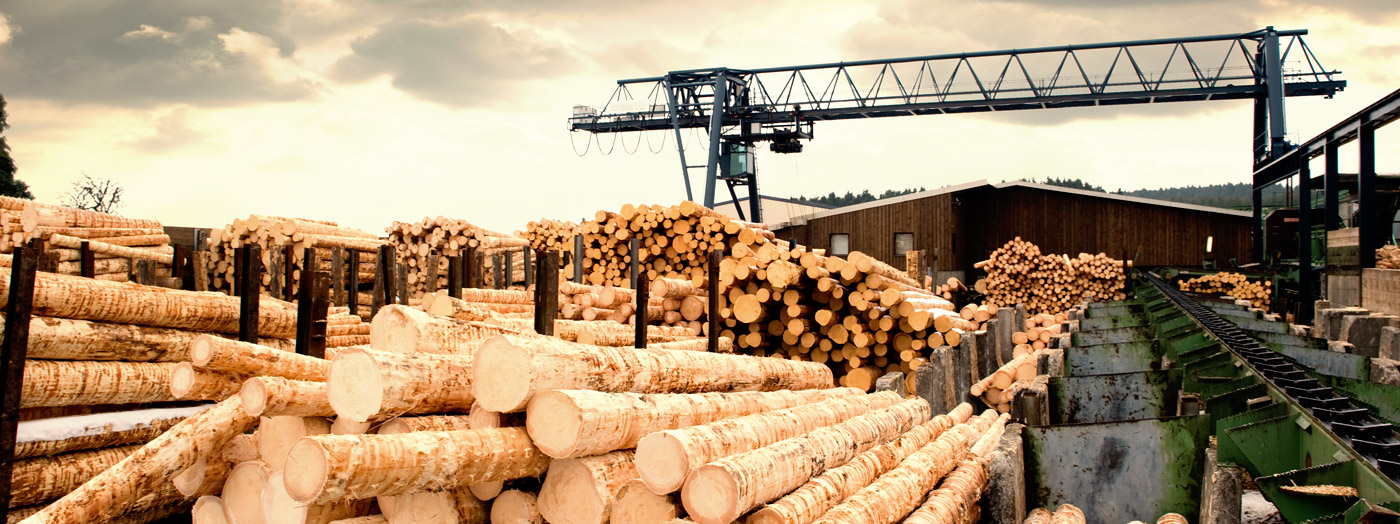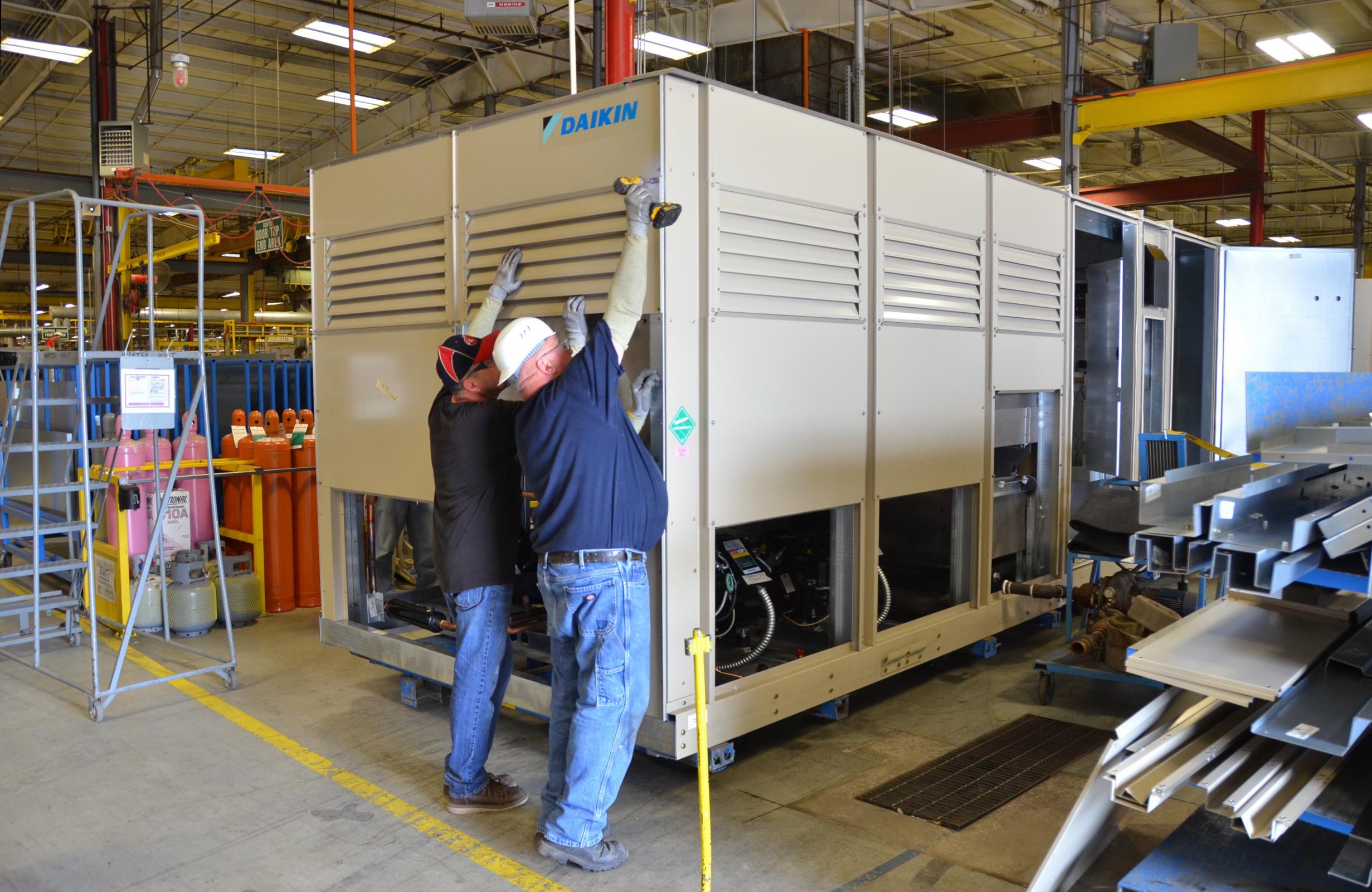Minnesota holds potential for mass timber manufacturing

30 May 2019
Ag and Forest, economic development
A recent study highlights northern Minnesota’s strong commercial market, accessibility to supply chain and opportunities for economic impact, suggesting it as a uniquely positioned area to propel development of mass timber manufacturing.
“The Economic Feasibility of Mass Timber Manufacturing in Minnesota” – commissioned by the Area Partnership for Economic Expansion (APEX) and sponsored by Great River Energy, the Blandin Foundation, the Minnesota Department of Iron Range Resources and Rehabilitation (IRRR), among others – also examined the state’s capacity to build a mass timber manufacturing facility in northern Minnesota.
“The forest products industry in our region has always been strong,” said Brian Hanson, APEX president and CEO. “We have a long history as a wood products economy with a highly skilled workforce that is positioned to embrace and support this exciting building technology.”
Minnesota has a long history in the timber and natural resource industries, dating back to the mid-1800s. But rather than the traditional logging industry, mass timber is made from dimensional lumber to create several types of products such as nail-laminated timber, glue-laminated timber and cross-laminated timber.
“These structural products are increasingly being used to reduce time and cost in new building construction, with an emerging market for taller buildings of nine to 18 stories,” said Jeff Borling, economic development lead at Great River Energy.
Advantages of using mass timber structural products include:
- Architectural and work-place design aesthetics
- Competitive cost
- Reduced carbon footprint
- Lightweight
- Faster construction timeline since components are pre-fabricated and shipped to construction sites
Attracting mass timber producers would also create a new market for Minnesota’s lumber mills, many of which are served by Great River Energy’s 28 member-owner cooperatives. Ten sawmills from Minnesota, Wisconsin and Michigan participated in in the study, two of which are served by Great River Energy member-owners: Hedstrom Lumber in Grand Marais, Minn. (Arrowhead Cooperative) and Rajala Companies in Deer River, Minn. (Lake Country Power).
The APEX study showed that building a mid-sized manufacturing facility in northern Minnesota would bring 50 new, direct jobs; 11.7 million in industry sales; $6.2 million in labor income; and 45 new, indirect jobs for a total output of $20.3 million.
Great River Energy partnered with other sponsors and authors of the study to host an event at the Mass Timber Conference in Portland, Ore., where the research findings were shared with supply chain manufacturers in the industry, and Minnesota was touted as an ideal location for mass timber production due to the state’s lumber resources, workforce and transportation infrastructure required to support it.
Contact Jeff Borling at jborling@grenergy.com to learn more about mass timber or how Great River Energy can support the growth of wood products businesses in Minnesota.
More Topics

Financing high-impact business projects
May 30 2019


